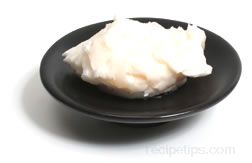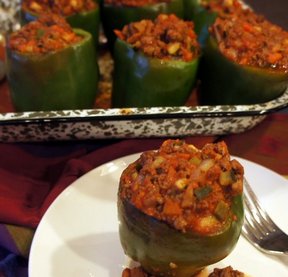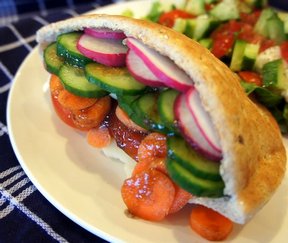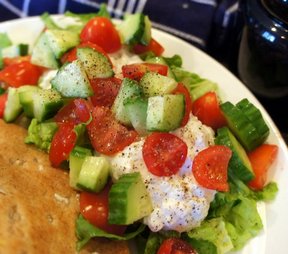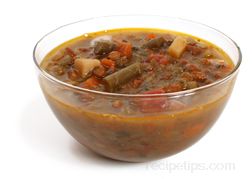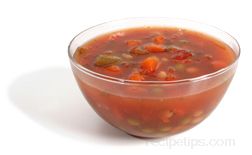Shortening is used as an ingredient in many baked goods to "shorten" the amount of flour required, which makes breads, pastries and other baked goods tender and flaky. When used in making cookies, if shortening is used instead of butter, the cookie will have a fluffier texture, but will not be a flavorful. Using butter increases the amount of water, since most shortening does not contain water, resulting in a thinner dough and thus a thinner cookie. Therefore, a common procedure is to use half butter and half shortening to provide both texture and taste to the cookie. If an alternative fat is desired, there are a variety of fats available that can be substituted for shortening. When storing, shortening can be kept in an airtight container at room temperature for approximately 12 months.
Loading
Vegetable Shortening
A cooking fat, which is basically flavorless, that is produced from vegetable oils. Through a manufacturing procedure known as hydrogenation, shortening is produced from oil and chemically transformed into a solid. During this process, the oil is converted into a saturated fat with trans fatty acids, and effectively removing the healthier polyunsaturated fats.
There currently aren't any reviews or comments for this term. Be the first!
Popular Recipe Pages
Popular Recipes
Advertisement
Advertisement

